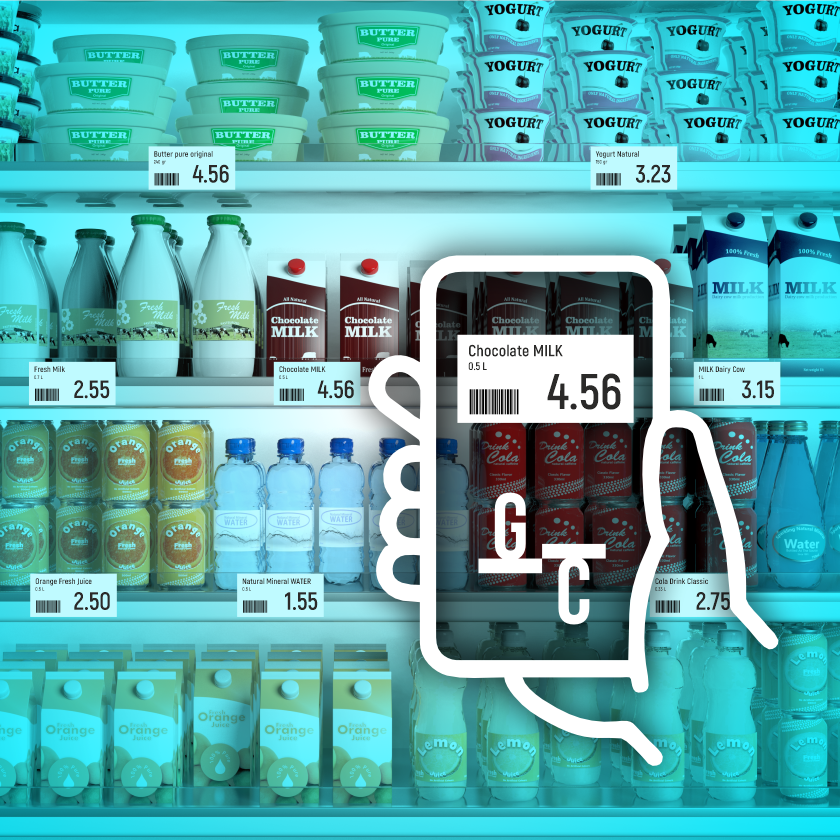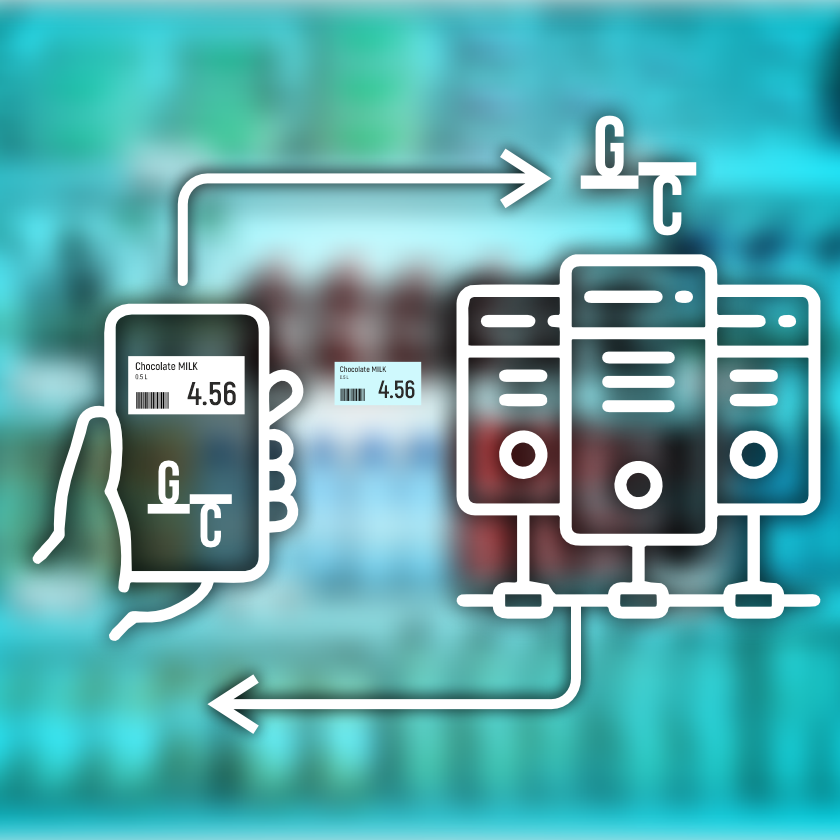Price tag analysis is a systematic approach that includes checking the price tags of different products sold. It is one of the staple practices of the retail industry and plays a vital role in the overall reputation of the stores.
Disputes based on these price tags can lead to several problems, impacting the overall customer experience and the retail business in the long run. Therefore, it’s necessary for professionals working in the industry to keep them in check.
Table of Сontents
Why Do You Need a Price Tag Audit: Developing Better Understanding

The demand for retail business is at an all-time high, but with higher competition, FMCG’s processes and practices have also changed quickly.
For instance, have you ever been to the local market, purchased the items you need, and wanted to return home as quickly as possible? Simple, isn’t it?
However, what happens if there’s a dispute between the item’s prices you saw on the shelf vs. the ones charged in the final bill? Situations like these often lead to serious disputes, wasting time for the rest of the customers, or even making them nervous because it can become overwhelming.
Even if the customers pay the higher price, they will likely not return to the store for another purchase. Such situations occur frequently. If the buyer cannot understand the price tags on the shelf, he decides not to buy the product at all or buy a competitor’s product.
If you think that’s all—you’re wrong. Cases like these can lead to serious business problems, creating a sense of resentment against the retail store or the brands in the mind of the consumers. Once the brand and the retailer’s reputation are at stake, it becomes nearly impossible to fix this reputation immediately.
If you plan to work in the retail business or improve the overall customer experience with their purchases, you need to learn about price tag audits.
It feels a bit technical initially, but it is a good way to ensure you have a good experience with it. It is necessary to understand the role of price tag audits within FMCG companies and retailers if you wish to succeed—and that’s what we will discuss.
What Do Price Tag Audits Offer For FMCG Companies and Retailers

Audit outlets and merchandisers both openly use price tag audits and can seriously impact the overall business. However, if there are errors in these prices, it can lead to problems. One of the prime elements of this process is controlling the price on the shelf itself.
The merchandisers check the information and pricing listed on these tags on the shelves. It ensures the price tag you share with potential customers is correct and accurate.
You may undermine the importance of the correct price tags, but here are the two main reasons. Find out the conditions of competitors.
⦁ Better Idea of Competitor Pricing
One of the key aspects of retail success is an accurate idea of competitor pricing. There’s always a wide range of competitors, regardless of your industry. However, you can better understand the competitors by keeping the price tags in check with analysis.
By tracking the pricing averages of their competitors, they can regulate product prices to keep the customers engaged with their products. It can help, particularly if you’re launching a new product that a competitor already offers.
There’s a variety of different retail aspects that professionals have to keep in mind. Some of these include the following:
- Discounts
- Purchase price
- Maximum retail price, etc.
Once you have information on consumer prices, you can estimate the competitor’s product pricing and set prices for products yourself. This simple change allows you to agree to more favorable conditions for retailers and the business.
⦁ Improved Customer Experience
Customers prefer purchasing via retail shops because of the ease of the process. However, if the retail store doesn’t have the pricing mentioned, it can be a problem. It can irritate buyers if the products don’t have proper price tags, leading to confusion.
Buyers do not want to figure out near the shelf how much this or that product costs. But it is even worse when buyers find out about the real price of the goods at checkout.
Cases like these can lead to negative consumer experience, negatively impacting the consumer experience. If the problems continue too long, the consumers may prefer the competitor’s product over yours. Therefore, it’s necessary to ensure the price tag is close to the product with the latest pricing.
How to Audit Price Tags Faster and Easier

Merchandisers have to check the price tags manually in most cases. They have to add the item price into the system and compare it with their product list record. However, there’s always a chance that product pricing changes could lead to disputes if not updated timely.
If the pricing changes, outdated pricing in the customer’s hand are no longer useful. If the buyers or the marketers see false prices, it could give the impression of fraud.
Since merchandising requires real-time pricing updates, many retailers use automated tools like Goods Checker. It is one of the best options for automating the merchandising processes and ensuring long-term success.
What does the Process look like?

To automate the process, the merchandisers have to take a photo of the products on the shelf, allowing the application to identify the product and its pricing. If several products from the same category are in the same line, the software handles it accordingly.
For instance, it will list the product pricing for each juice brand individually and group pricing for products from the same company. Automated price tags reduce the chances of mistakes and the time required to check the price tags. With higher pricing accuracy, there’s less conflict with the consumers as well.
Moreover, FMCG companies price data analytics for their products vs. competitors’ products.
By using these reports, a business can
- Assess consumer pricing reactions
- Monitor competitors
- Create marketing strategies
- Control the bonus system
2023 – The best time for merchandising automation

Accuracy and speed is the key to long-term success in business. Several factors, such as the following, have contributed to FMCG’s higher stress:
- Instability
- Increased competition due to e-commerce
- Economic situation
It is necessary to take these factors into account while planning your stores, setting planograms, or competing with others in the industry.
However, the only way to collect analytical information is through automated tools. It can help with accurate price setting, planogram planning, and more. However, picking the right tool and setting them based on your retail store is necessary.




